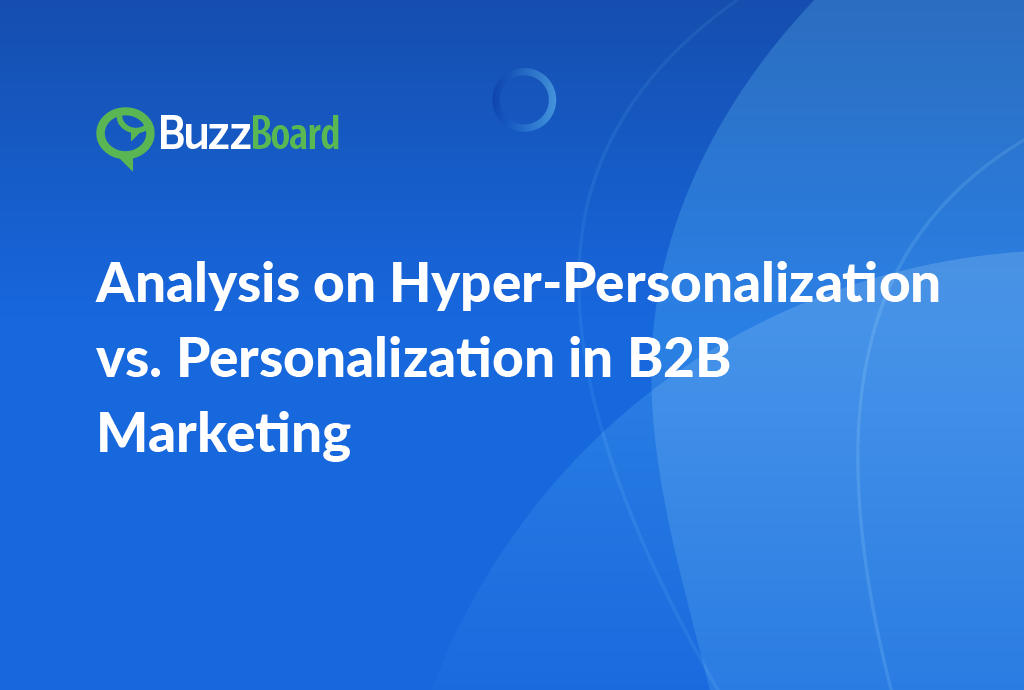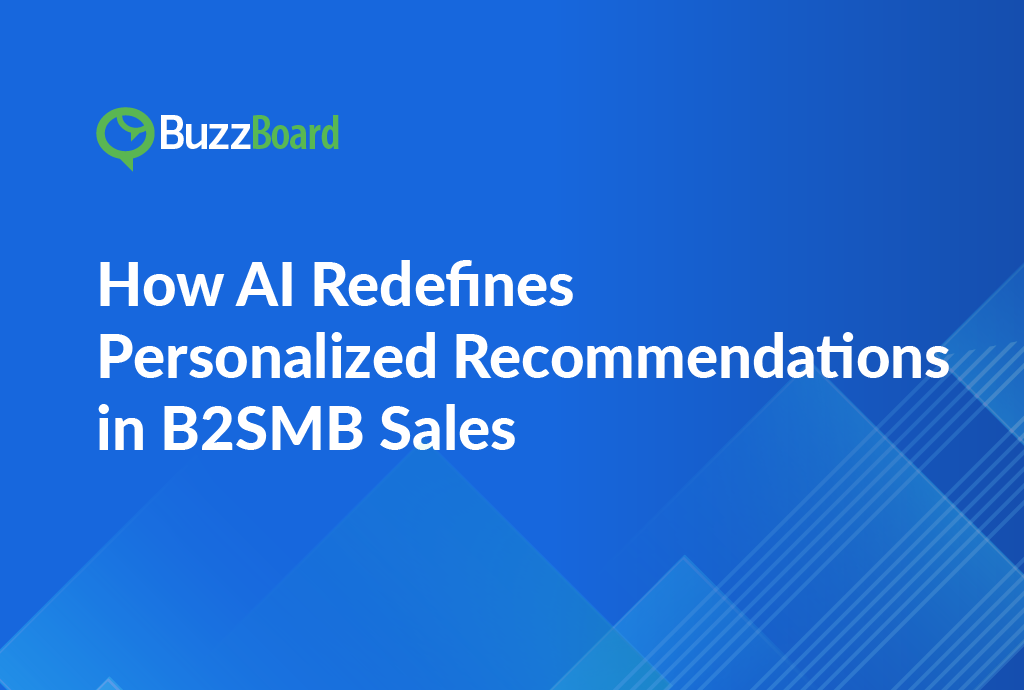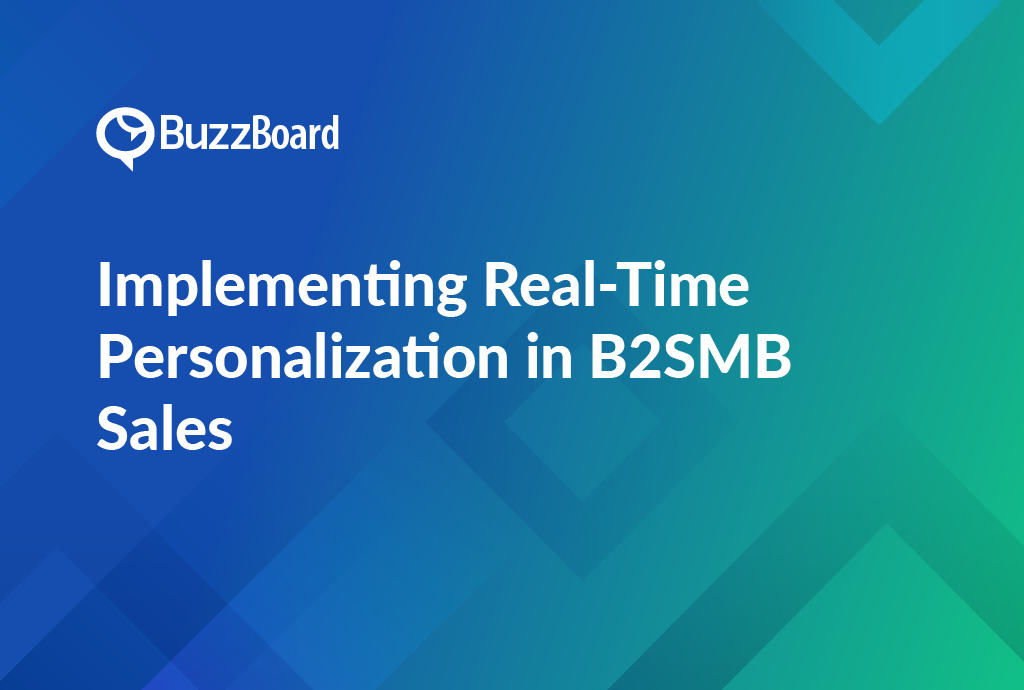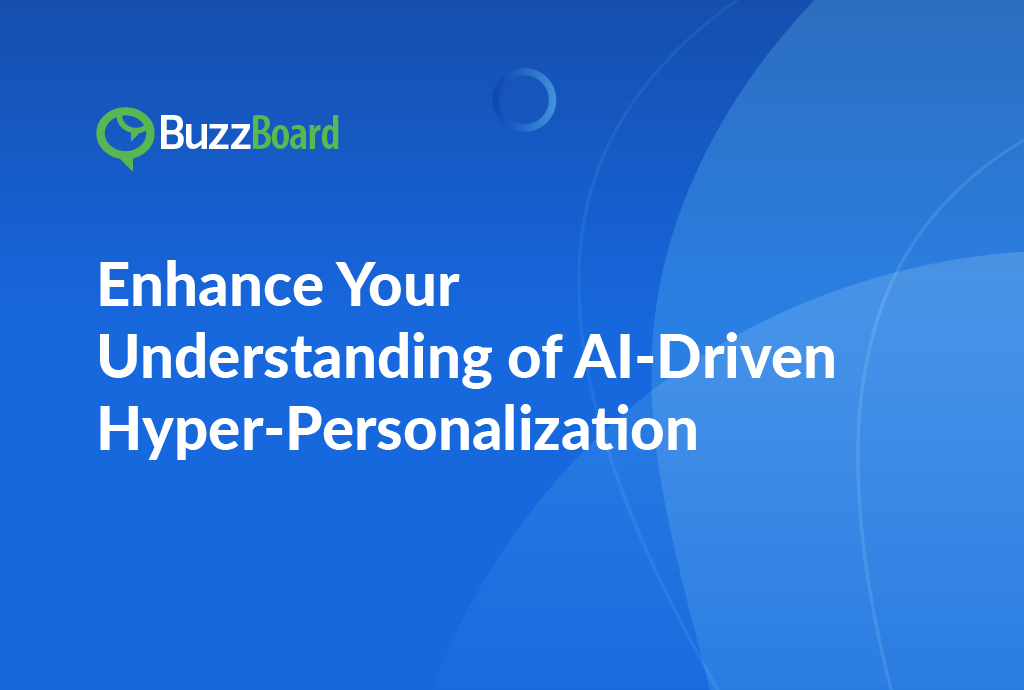The strategy in B2B marketing has shifted significantly toward personalization and, more specifically, hyper-personalization. These two elements are radically redefining how marketers customize customer engagement strategies, positively impacting sales and fostering customer loyalty.
Decoding Personalization
Historically, personalization in B2B marketing has largely depended on simple customer information like the name, company, and industry. It gives a personal touch to the conversation between a company and its customers. For instance, an email campaign where the recipients are referred to by their first name or their company is discussed. Although personalization has been effective in its approach, it has now become extremely common. Today’s customers are inundated with ‘personalized’ messages and are seeking a deeper connection.
Leveling Up with Hyper-Personalization
Hyper-personalization, an enhanced form of personalization, employs real-time data and advanced analytics to provide exceedingly relevant and context-specific communication [source]. It is akin to playing chess while forecasting the opponent’s moves. The focus is on understanding and instantly responding to customers’ behaviors, preferences, and needs.
To give an everyday example, envision a customer’s interaction with your website, their previous purchases, and their inherent business needs and challenges. Based on this information, an automated email could offer highly specific content at the moment they’re most engaged with your brand online. Such level of relevance is unachievable through traditional personalization.
Comparing the Impacts of Customer Engagement
Hyper-personalization can markedly boost customer engagement compared to standard personalization techniques. By incorporating real-time data, B2B marketers can anticipate the customer’s needs and preferences, resulting in higher engagement rates. Customers appreciate businesses that comprehend and cater to their unique needs [source].
Hyper-Personalization and Sales: A Dynamic Duo
Sales is a numbers game, and hyper-personalization can offer a significant competitive advantage. By customizing experiences based on the buyer’s current needs and their position in the sales funnel, B2B companies can observe a significant rise in conversion rates. Businesses implementing advanced personalization strategies are witnessing impressive returns on investment, including a considerable increase in revenue [source].
Harnessing the Power of Hyper-Personalization with BuzzBoard
BuzzBoard fully understands the undeniable advantage that hyper-personalization offers to B2B marketing. We equip our clients with tools and insights necessary to develop a strategy brimming with intelligence and precision. By harnessing a rich database of business insights, BuzzBoard identifies potential triggers and implements strategies that result in smart, meaningful conversations with customers at scale.
Hyper-personalization isn’t merely a marketing buzzword making the rounds today. It’s the future of customer engagement. With detailed personalization and tailored content creation using data-driven insights, businesses can develop hyper-personalized sales campaigns that build stronger customer relationships, improve customer loyalty, and ultimately, positively impact the bottom line.
Are you ready to embrace hyper-personalization? Explore a plethora of resources and success stories on our [website] to understand how BuzzBoard can help you design a unique approach to B2B marketing driven by generative AI and best-fit prospect prediction.
Frequently Asked Questions
- How do businesses determine the level of personalization or hyper-personalization that is appropriate for their target audience, and how can they balance the benefits of personalization with potential concerns around data privacy and security?
- Conduct market research and customer segmentation to understand their target audience.
- Balance the benefits of personalization with potential concerns around data privacy and security.
- Use a data-driven approach to personalization, rather than relying solely on intuition or guesswork.
- What are some specific tactics or strategies that businesses can use to implement hyper-personalization in their B2B marketing efforts, and how can they measure the effectiveness of these strategies?
- Using AI and machine learning algorithms to analyze customer data and identify patterns and trends.
- Implementing dynamic content and messaging based on customer behavior and preferences.
- Using personalized email marketing campaigns and landing pages.
- How can businesses ensure that their hyper-personalization efforts are inclusive and avoid potential biases or discrimination, particularly when using AI and machine learning algorithms to analyze customer data?
- Track metrics such as click-through rates, conversion rates, and customer engagement.
- Use A/B testing and experimentation to optimize hyper-personalization efforts.








